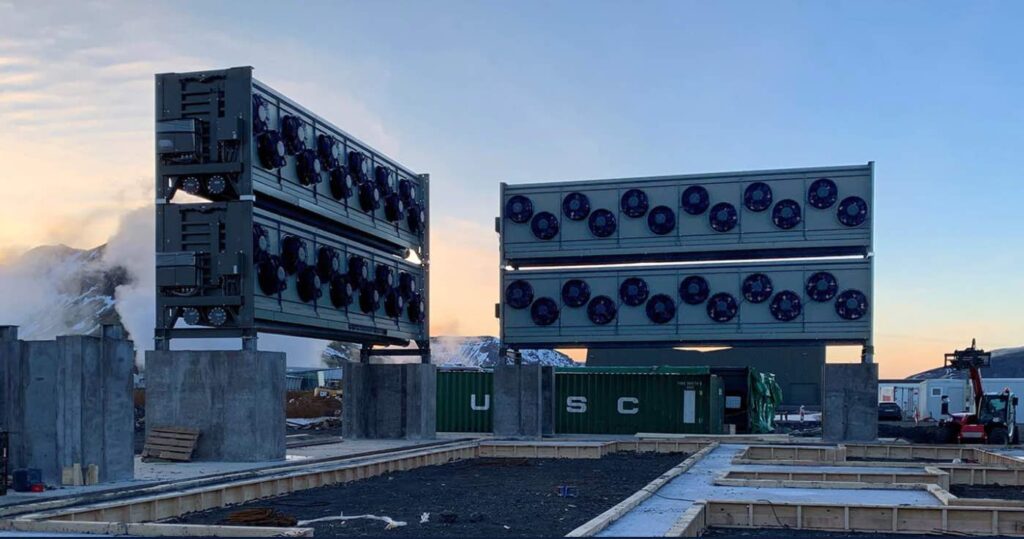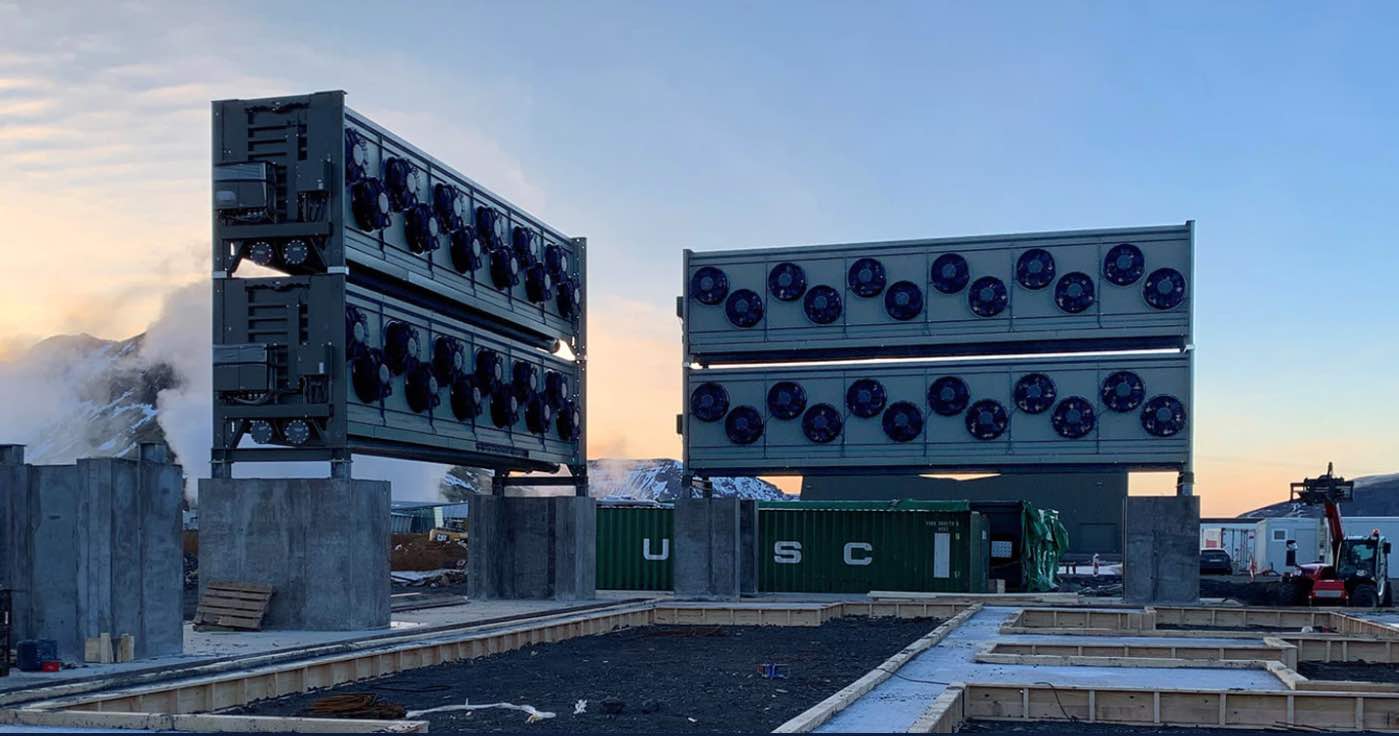
The number of carbon capture and storage projects in the pipeline is exploding, thanks to worldwide efforts to cut emissions.
A new report from the Global CCS Institute, which studies carbon capture and storage-(CCS), shows an impressive growth of 44 percent over the past 12 months.
The CEO of the climate change think tank, Jarad Daniels, believes the outlook for climate action “has never been more positive”.
The record-high total comes from 196 commercial CCS facilities in the project pipeline, including 30 in operation, 11 under construction, and 153 in development.
With 61 new facilities added to the project pipeline in 2022 alone, the CO2 capture capacity of all facilities under development has grown to 244 million tons per annum (Mtpa)—an increase from 169 last year.
Carbon capture and storage is used to filter emissions from power generators, steel mills, cement plants, and other industrial sites, and then bury the sequestered carbon underground.
RELATED: UK’s Largest Carbon Capture Project Will Turn 40,000 Tons of CO2 into Baking Soda
Daniels believes that CCS is essential for reaching national climate goals—and is noticing that as CCS continues to scale-up, prices are going down while efficiency is going up.
“CCS is increasingly commercially competitive,” said Daniels in a statement. “We anticipate even more strategic partnerships and collaboration driving deployment, particularly through CCS networks.”
The Inflation Reduction Act legislation passed by the US Congress provides tax credits for CCS, and early analysis suggests it could increase the growth by 13-fold, or well over 110 Mtpa, by 2030.
CCS projects also offer economic and social benefits because they can bring local jobs to communities that once relied on carbon-intensive industries, like coal mining.
In Europe, the Danish government has committed €5 billion for CCS over 10 years and the Dutch government has more than doubled its pledge to €13 billion. Australia saw new project announcements in Victoria and Western Australia, and notable progress in the Northern Territory.
MORE: Engineers Developed a Way to Convert Harmful CO2 Emissions into Chemical Building Blocks For Fuel
“Government policy must be met with private capital to unlock the full potential of CCS and limit global warming,” says Daniels, who see the next decade as an “absolutely critical time to move from ambition to action.”
View the Global Status of CCS 2022 report at the Institute’s website.
SHARE The Climate News to Show Your Green Support on Social Media…




















